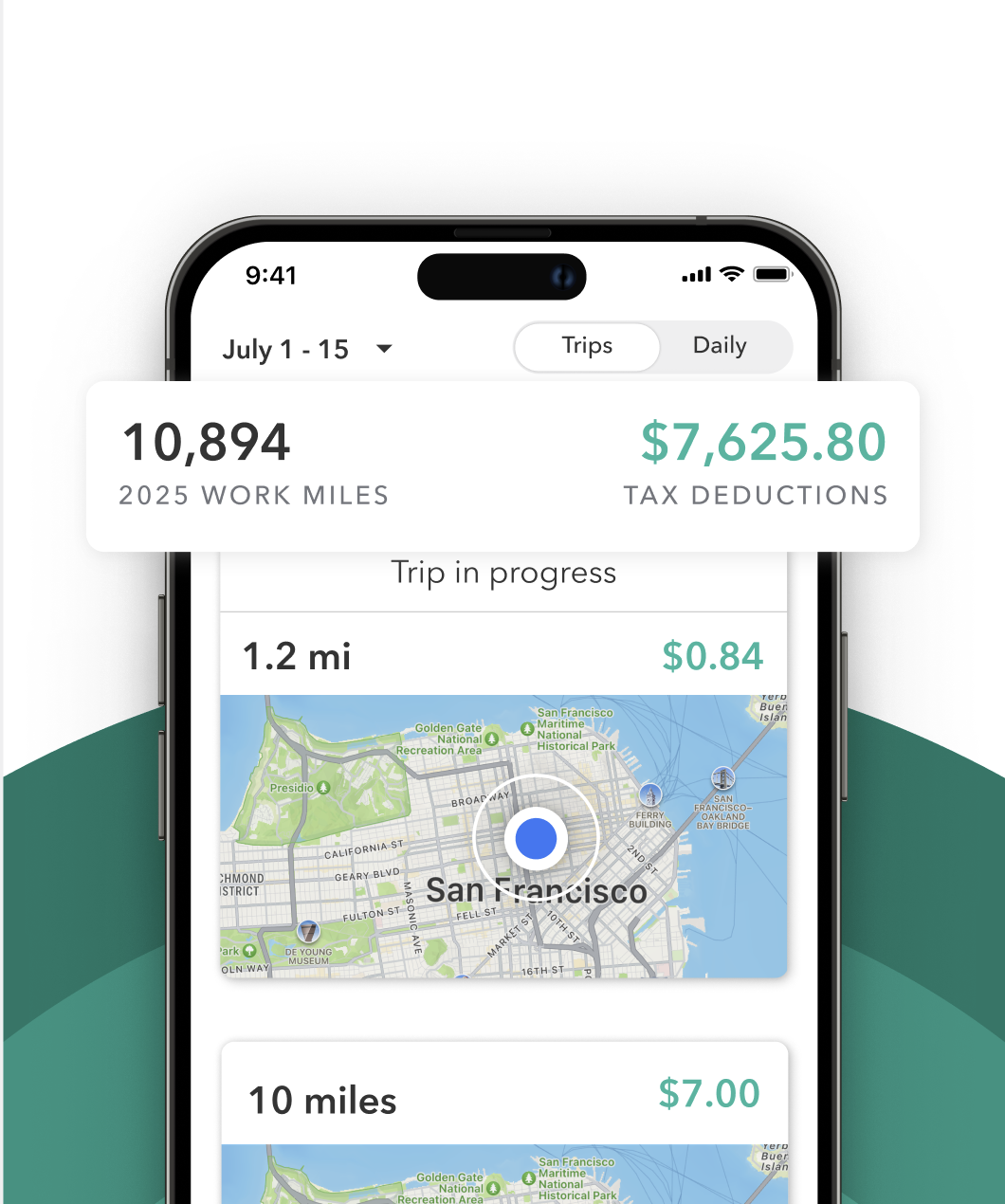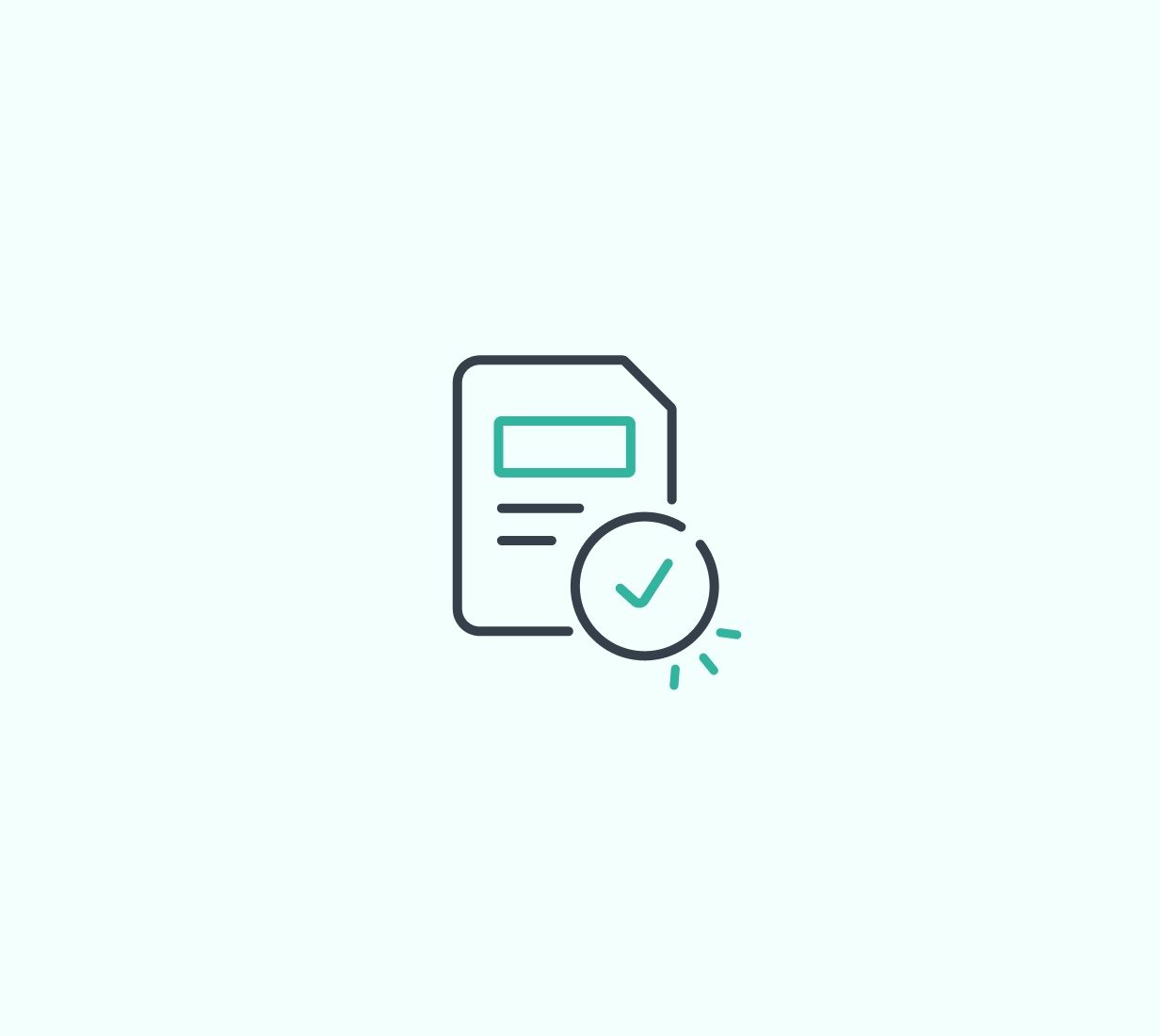When you walk dogs or provide pet care with Wag! you’re also considered self-employed. That means the miles you drive for work could lead to valuable tax deductions, but only if you keep good records. In this guide, we’ll walk through everything you need to know about mileage tracking for Wag! caregivers, how to choose the best deduction method, and how tools like Everlance make it easy to get it right.
Why tracking mileage matters for Wag! caregivers
Wag! caregivers are classified as independent contractors. That gives you flexibility and control over your schedule, but it also makes you responsible for your own taxes.
The good news is that you can deduct many of the costs that come with running your Wag! business, and the biggest one for most caregivers is mileage.
If you drive to a client’s house, a park, or another location to complete a walk or pet sit, those miles can be deducted on your taxes. In 2025, every 1,000 miles you drive for Wag! could mean up to $700 in tax write-offs using the current IRS mileage rate. But the IRS doesn’t allow estimates. You need to log each trip with time, distance, and purpose. Apps like Everlance do this automatically for caregivers, so you don’t have to worry about forgetting or misplacing your records.
What counts as business mileage with Wag?
Here are examples of trips that typically qualify as business mileage for Wag! caregivers:
- Driving to and from a client’s home
- Picking up or dropping off a pet
- Traveling to a vet, groomer, or park for a booked job
- Attending a pet meet-and-greet for work purposes
These trips must be directly related to a paid service through Wag! or an ongoing client you manage outside the app.
On the other hand, these miles are not deductible:
- Personal errands or detours
- Commuting to another job
- Unpaid pet visits or favors for friends
The rule is simple: if the trip is necessary for your Wag! job, it likely counts. But keep track of everything and sort it later.
Standard mileage vs. actual expenses
There are two ways to deduct vehicle costs: the standard mileage method or the actual expense method. Each has pros and cons, and the best one depends on how much you drive and how expensive your vehicle is to maintain.
Standard mileage method
This is the most popular method for Wag! caregivers. You track your work miles and multiply by the IRS rate.
Here’s how it stacks up:
Actual expense method
If you choose the actual expense method, you’ll deduct the real costs of using your vehicle for Wag. This includes things like gas, oil changes, insurance, registration fees, and maintenance. To use this method, you’ll need to keep detailed records and receipts for all your vehicle expenses, and calculate what percentage of your driving was for work. For example, if 60% of your total driving in a year was for Wag caregiving, you can deduct 60% of your eligible car expenses.
Qualifying vehicle-related expenses include:
- Gas
- Oil and fluids
- Insurance
- Lease payments
- Registration and license fees
- Repairs and maintenance
- Tires
- Vehicle depreciation (if you own your car)
This method can offer a larger deduction than the standard mileage rate in some cases, but it requires more documentation and math. If you’re not already tracking your vehicle costs or using your car mostly for personal errands, the standard mileage rate may be easier.
Which method is better for Wag! caregivers?
If you drive often and want the simplest experience, the standard mileage method is usually your best bet. It’s easy to calculate and often results in a strong deduction for pet caregivers. If you drive less or have expensive vehicle costs, the actual expense method could be worth a closer look. Either way, Everlance can help you compare the two and decide which one gives you the biggest tax break.
Final tips for caregivers
- Start tracking your mileage as soon as you begin working with Wag!
- Keep records for every trip, even short ones
- Use a tracker that saves IRS-compliant logs
- Stick with your chosen method once you start using your vehicle for work
- Review your records before filing to make sure nothing is missing
The more organized you are now, the more confident you’ll be at tax time. Mileage adds up fast and so do the savings.











